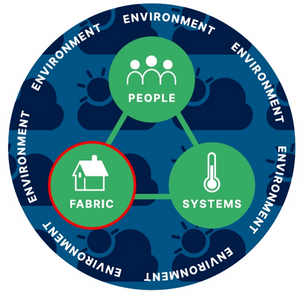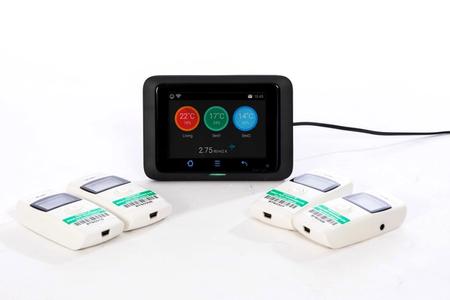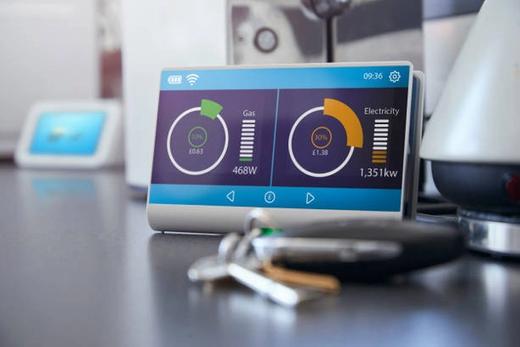What is building performance evaluation?
Building Performance Evaluation (BPE) is the process of understanding how a building really works and is sometimes also known as Post Occupancy Evaluation (POE). Building performance monitoring and evaluation involve gathering in-situ measurements to develop a bespoke understanding of a particular building, not reliant on assumed inputs to an energy model.
The performance of any building is determined by the building fabric, its systems, energy usage and the occupants. Tools can be used to investigate each of these facets within a building performance evaluation giving valuable insights into the as-built performance of a building.
Build Test Solutions specialise in providing tools to understand the performance of the fabric of the building. In particular, measuring how much heat and air movement there is, are key metrics in determining the energy demand and comfort of the internal environment of any building.

How do you measure the performance of buildings?
To assess a building's performance, building performance engineers will deploy a range of tools on-site to help evaluate each component of a building. Fabric performance measurement tools include methods to measure the overall heat transfer rate from the building, air movement, and heat loss from a particular part of the building. All of these tools provide a measurement of the actual performance of the building which can be compared with the predicted performance energy models such as SAP or Passivhaus Planning Package (PHPP).
Occupant surveys of building users can provide insights into the human experience of interacting with the building in question, and highlight issues with controls and using the building on a day-to-day basis. These surveys can then be supplemented with monitoring of conditions such as internal temperature, relative humidity and carbon dioxide levels to understand the internal environment more precisely.
The efficiency and delivered airflow rates can be measured to understand the performance of the ventilation systems within a building. Duct airflow and ventilation rates can be checked to ensure that sufficient fresh air is being delivered promoting indoor air quality. Whilst infiltration rates can also be measured to determine heat loss through poorly sealed buildings.
Combining the measurements or fabric, system performance and occupant satisfaction ensure an effective building performance evaluation process.







